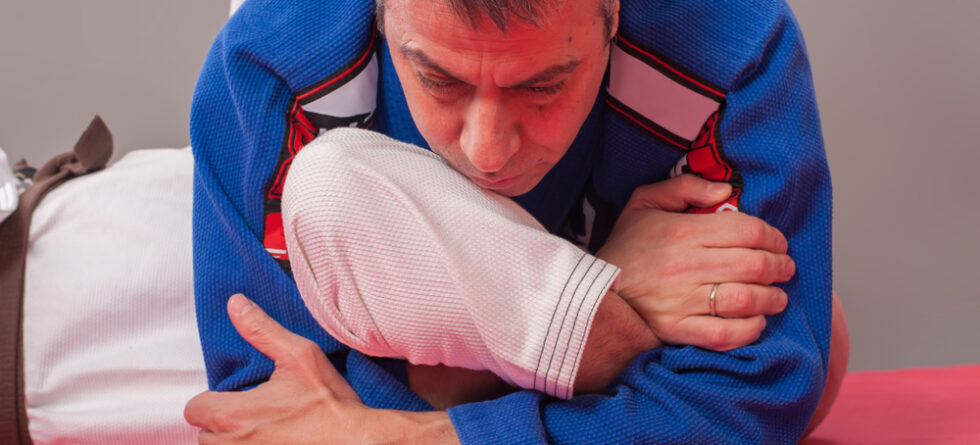In Brazilian Jiu-Jitsu (BJJ), “Turtle” refers to a defensive position where a practitioner assumes a posture similar to that of a turtle, with their knees and elbows on the ground, and their head tucked in towards their chest. The practitioner typically maintains a tight, compact position, with their back rounded and their limbs close to their body, resembling the protective shell of a turtle.
The turtle position is commonly used as a defensive posture when an opponent attempts to take the practitioner’s back or apply a submission from a dominant position, such as side control or mount. By assuming the turtle position, the practitioner can protect their neck and prevent their opponent from securing hooks or achieving a dominant back control position.
From the turtle position, practitioners have several options for defending and escaping, including…
- Turtle Guard – This involves actively defending attacks while remaining in the turtle position, using framing, hand fighting, and hip movement to prevent the opponent from securing control or applying submissions.
- Standing Up – The practitioner may attempt to stand up from the turtle position to regain a more advantageous standing position or initiate a takedown or guard pull to transition to a more favorable position.
- Rolling Out – In certain situations, the practitioner may roll out of the turtle position to escape their opponent’s control and create space to reset or initiate their own attacks.
- Defensive Transitions – The practitioner may use defensive transitions to prevent their opponent from establishing dominant control, such as transitioning to a seated guard or half guard position.
While the turtle position can provide a defensive option in certain scenarios, it’s important for practitioners to be mindful of their opponent’s attacks and work to improve their overall defensive skills and positional awareness to avoid being caught in vulnerable situations. Effective utilization of the turtle position often requires understanding and proficiency in BJJ fundamentals, as well as familiarity with specific techniques and strategies for defense and escape.




